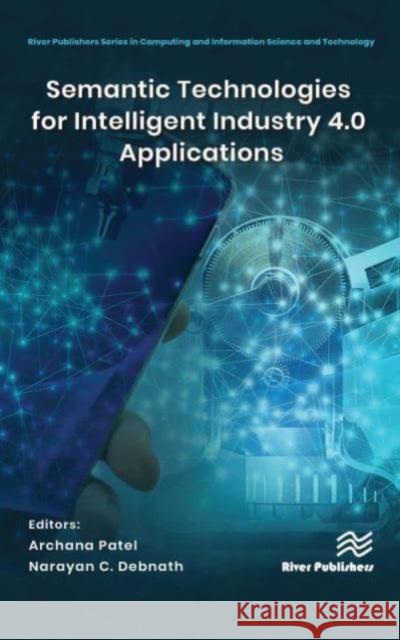Semantic Technologies for Intelligent Industry 4.0 Applications » książka
Semantic Technologies for Intelligent Industry 4.0 Applications
ISBN-13: 9788770227827 / Angielski / Twarda / 2023 / 394 str.
As the world enters the era of big data, there is a serious need to give a semantic perspective to the data in order to find unseen patterns, derive meaningful information, and make intelligent decisions. Semantic technologies offer the richest machine-interpretable (rather than just machine-processable) and explicit semantics that are being extensively used in various domains and industries. These technologies reduce the problem of large semantic loss in the process of modelling knowledge, and provide sharable, reusable knowledge,and a common understanding of the knowledge. As a result, the interoperability and interconnectivity of the model make it priceless for addressing the issues of querying data. These technologies work with the concepts and relations that are very lose to the working of the human brain. They provide a semantic representation of any data format: unstructured or semi-structured. As a consequence, data becomes real-world entity rather than a string of characters. For these reasons, semantic technologies are highly valuable tools to simplify the existing problems of the industry leading to new opportunities. However, there are some challenges that need to be addressed to make industrial applications and machines smarter.
This book aims to provide a roadmap for semantic technologies and highlights the role of these technologies in industry. The book also explores the present and future prospects of these semantic technologies along with providing answers to various questions like: Are semantic technologies useful for the next era (industry 4.0)? Why are semantic technologies so popular and extensively used in the industry? Can semantic technologies make intelligent industrial applications? Which type of problem requires the immediate attention of researchers? Why are semantic technologies very helpful in people’s future lives? This book will potentially serve as an important guide towards the latest industrial applications of semantic technologies for the upcoming generation, and thus becomes a unique resource for scholars, researchers, professionals and practitioners in the field.
This book aims to provide a roadmap for semantic technologies and highlights the role of these technologies in industry, and thus will serve as an important guide towards the latest industrial applications of semantic technologies for the upcoming generation.











